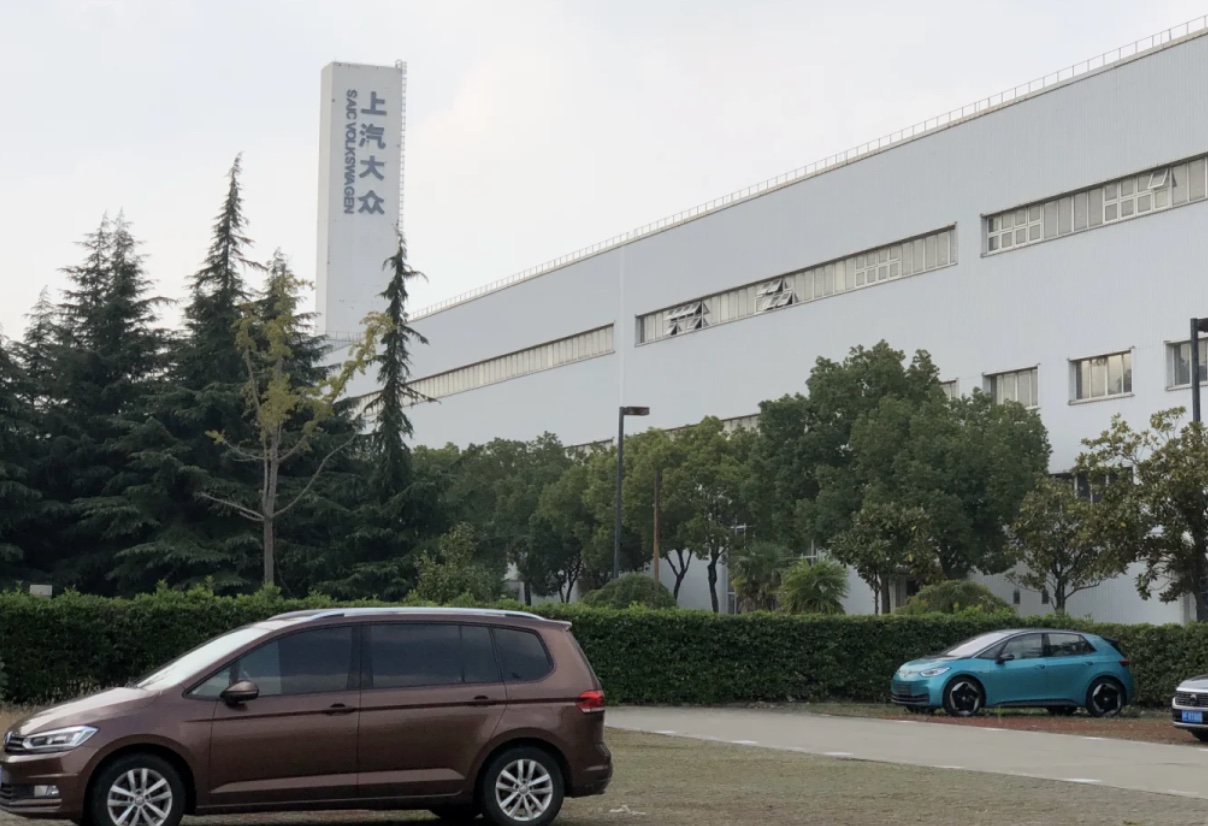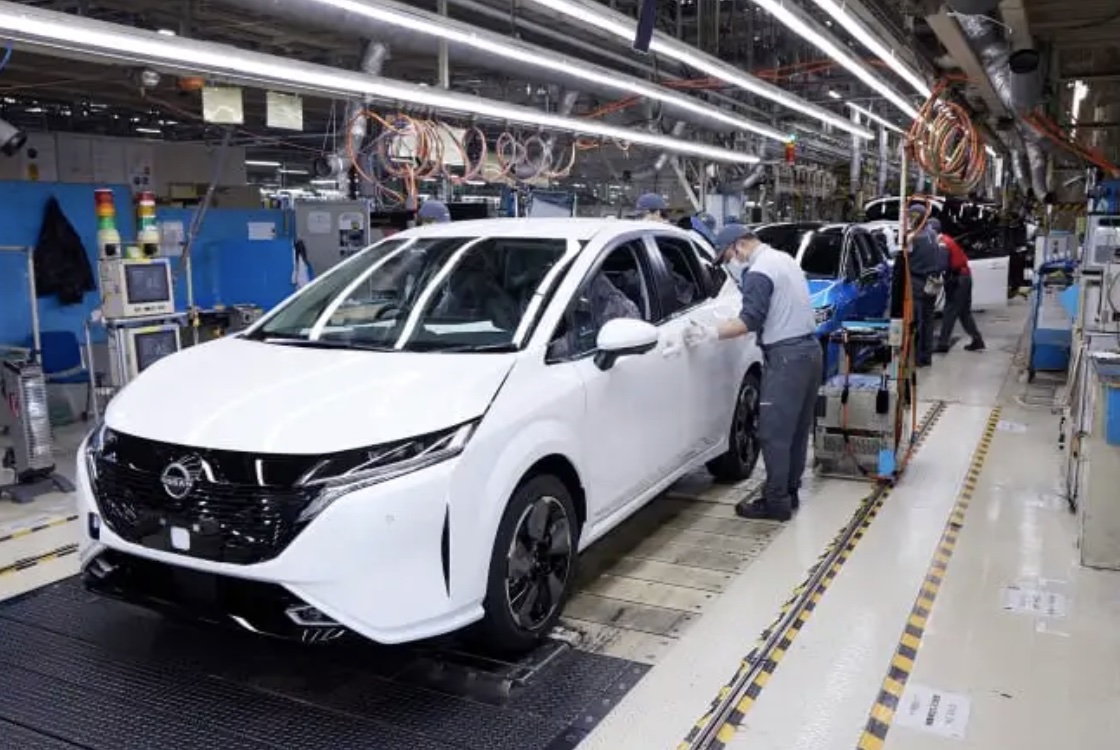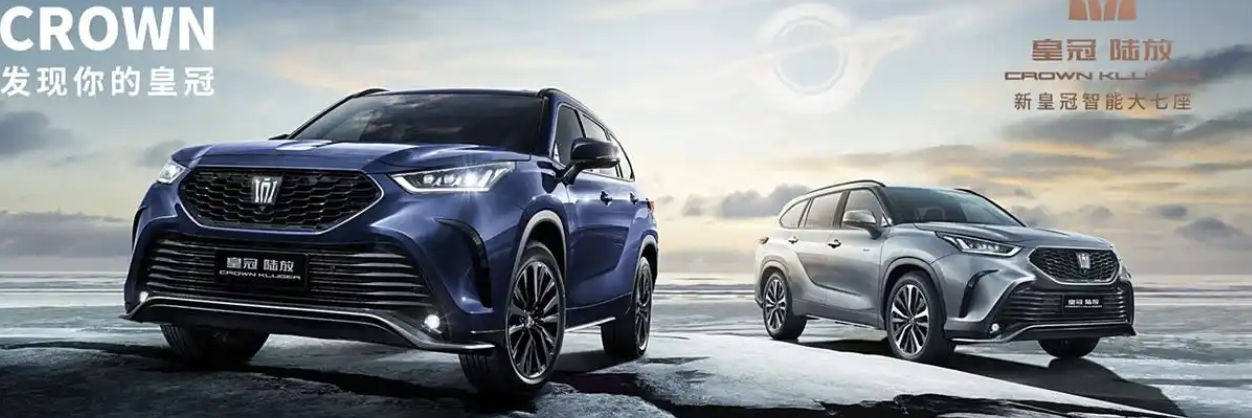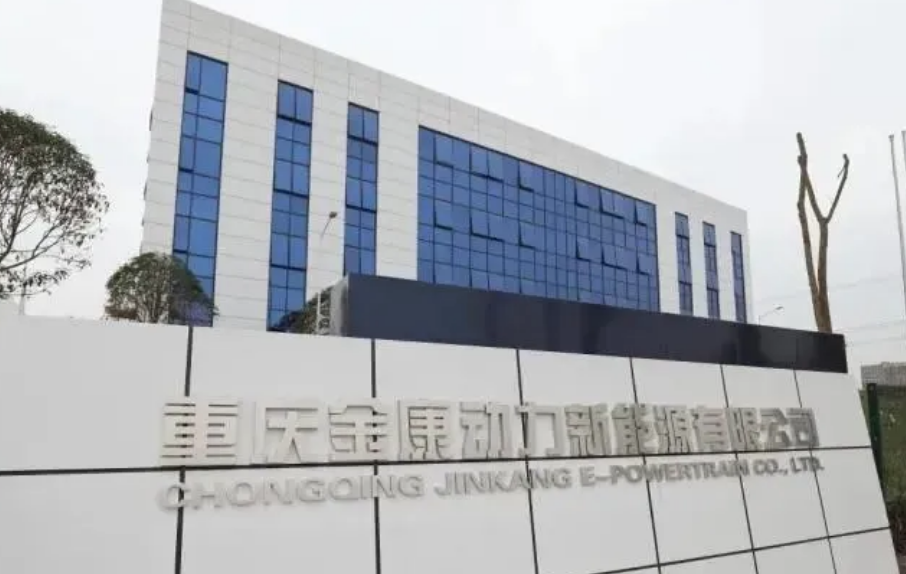On August 4, SAIC Motor released its July 2025 and January–July sales report. Data shows that in July 2025, SAIC sold a total of 337,539 vehicles, up 34.22% year-on-year. For the first seven months of the year, cumulative sales reached 2,390,122 units, up 15.00% year-on-year. Among these, July sales of new energy vehicles (NEVs) totaled 117,260 units, up 64.91% year-on-year, with January–July cumulative NEV sales at 763,557 units, a 43.49% increase. In addition, July auto exports stood at 82,098 units, up 0.41% year-on-year, bringing cumulative January–July exports to 576,125 units, up 1.14%.
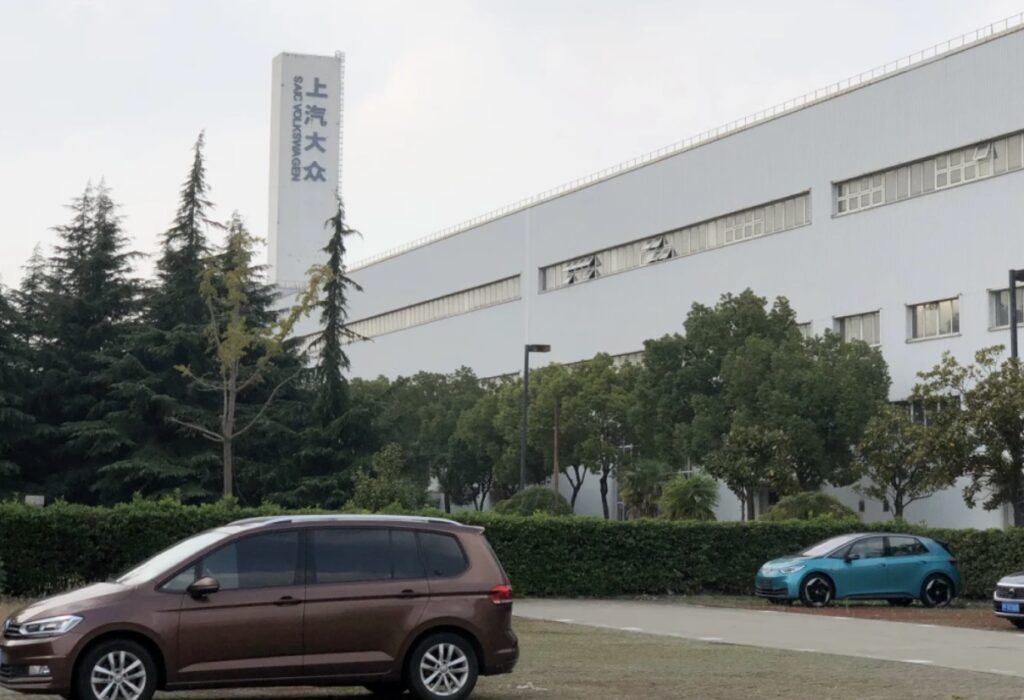
SAIC’s Major Brands
As China’s largest automaker, SAIC’s main subsidiaries include IM Motors, SAIC Passenger Vehicle Company, Feifan (Rising Auto), SAIC Volkswagen, SAIC-GM, SAIC-GM-Wuling, Maxus, NAVECO, SAIC Light Truck, and Sunwin Bus.
SAIC Volkswagen: Covering Audi, Volkswagen, and Skoda brands, targeting luxury, mainstream, and entry-level segments. In July, sales reached 79,584 units, down 1.75% year-on-year. Year-to-date (YTD) sales totaled 571,729 units, down 3.60%.
SAIC-GM: Covering Cadillac, Buick, and Chevrolet, sales in July reached 42,252 units, surging 181.68% year-on-year. However, YTD sales fell 19.43% to 287,319 units.
SAIC-GM-Wuling: With Wuling and Baojun brands, July sales hit 120,841 units, up 59.00%. YTD sales reached 874,117 units, up 35.31%.
Independent Brands
SAIC Passenger Vehicles: Covering MG, Roewe, and Rising Auto brands, July sales were 59,934 units, up 19.20%. YTD sales totaled 427,649 units, up 11.04%.
SAIC Maxus: July sales were 17,368 units, up 21.15%. YTD sales stood at 124,437 units, up 12.50%.
IM Motors: As a pure EV specialist, July sales were 5,809 units, up 38.97%. However, YTD sales were 24,967 units, down 6.25%. IM Motors, jointly developed by SAIC, Zhangjiang Hi-Tech, and Alibaba, currently offers the L7, LS7, LS6, and L6. On August 1, IM unveiled its new “Stellar” range-extender system, debuting on the next-gen LS6 (to be launched August 15). The system combines a 1.5T engine, electric motors, and a 66 kWh battery, offering over 450 km pure electric range and more than 1,500 km combined. IM also plans to equip its upcoming flagship LS9 SUV with the system in Q4 2025.
Market Share Breakdown
According to industry data, in July, SAIC Volkswagen, SAIC-GM, and SAIC-GM-Wuling accounted for 71.9% of SAIC’s total sales, while SAIC Passenger Vehicles and Maxus contributed only 22.9%. This highlights the dominance of joint-venture brands in SAIC’s sales structure. However, looking ahead, growth momentum is expected to come primarily from SAIC’s self-owned brands.
SAIC’s Partnership with Huawei
SAIC is also advancing its cooperation with Huawei. On July 14, the companies unveiled official images of the first model under their new co-branded brand—SAIC Shangjie H5. The SUV features the HarmonyOS-based “Zhixing” family design language, with a light-up logo, blue smart-driving indicators, and LiDAR sensors, emphasizing high-tech appeal. SAIC President Jia Jianxu stated that the group has been collaborating with Huawei since last year, with a first-phase investment of 6 billion RMB, a dedicated team of over 5,000 staff, and a new “super factory.” Huawei’s Yu Chengdong praised SAIC’s drive, saying its team doesn’t act like a traditional state-owned enterprise. The Shangjie H5 is expected to become the most affordable HarmonyOS Zhixing vehicle, with prices between 150,000–250,000 RMB. If successful, the H5 could become a blockbuster model and a new growth driver for SAIC.
